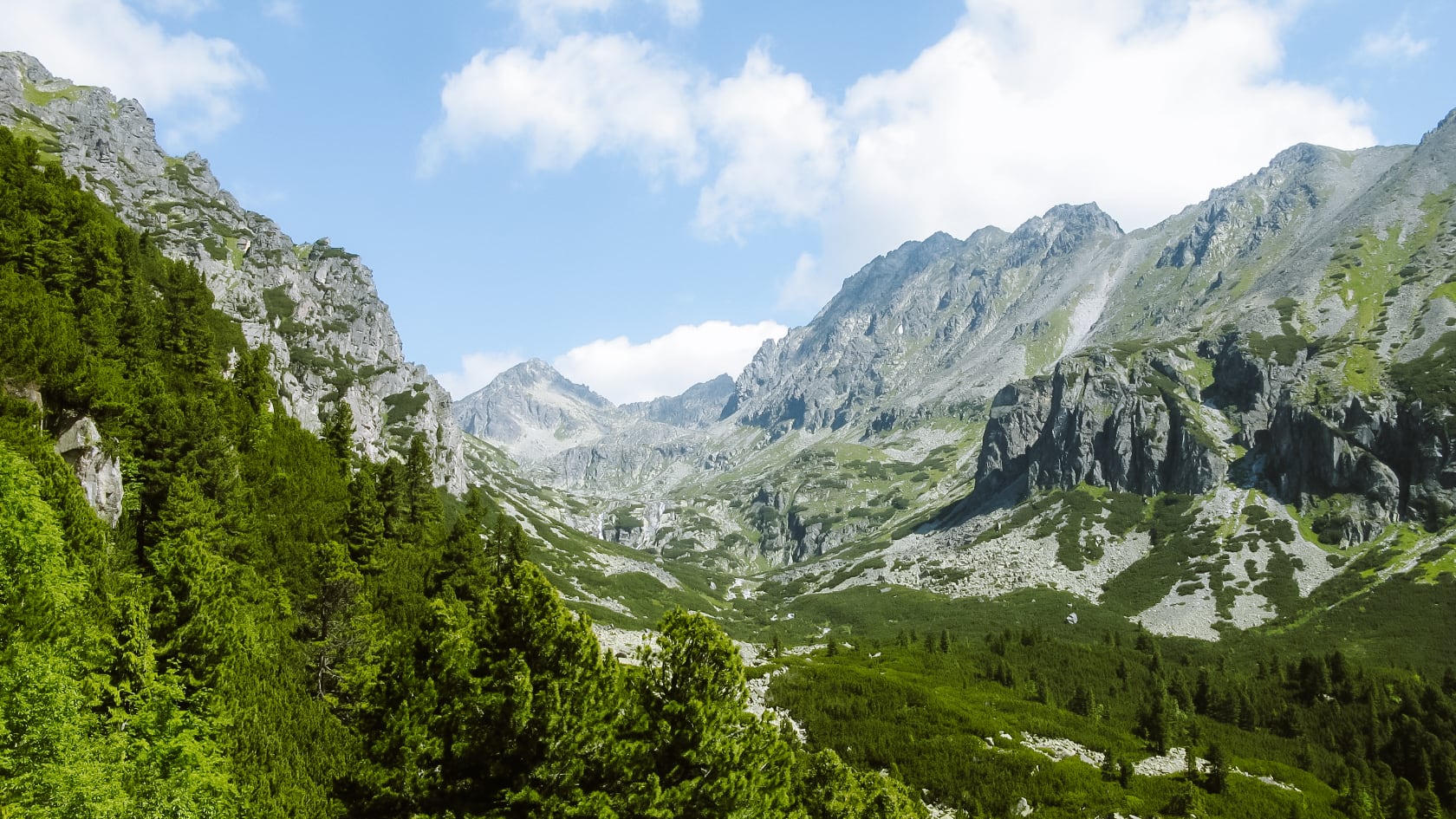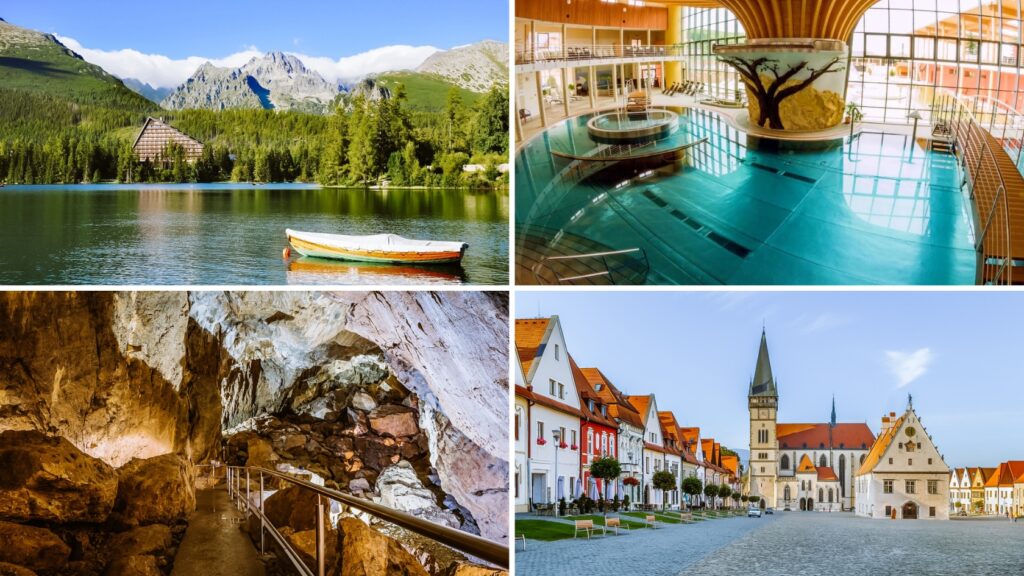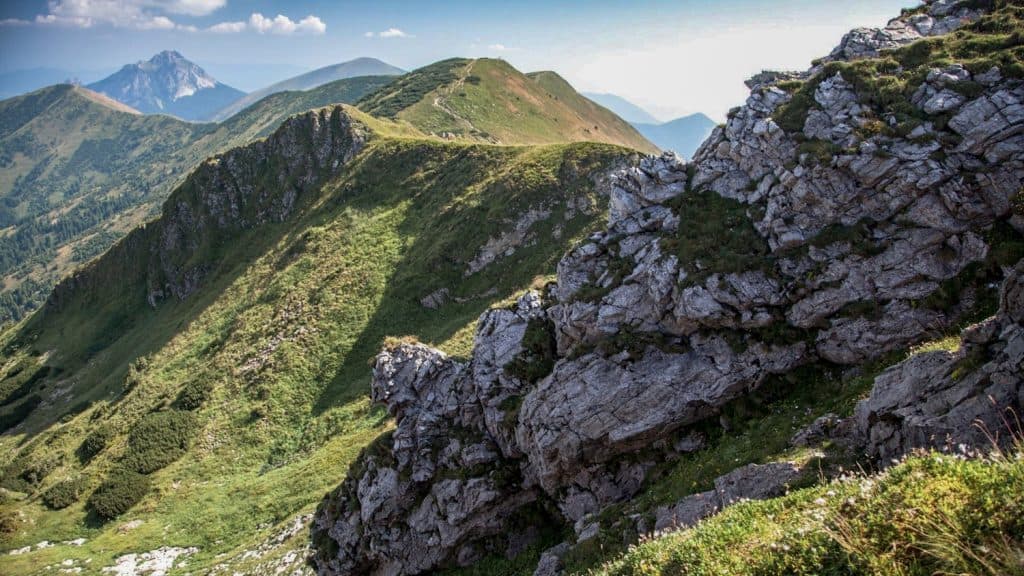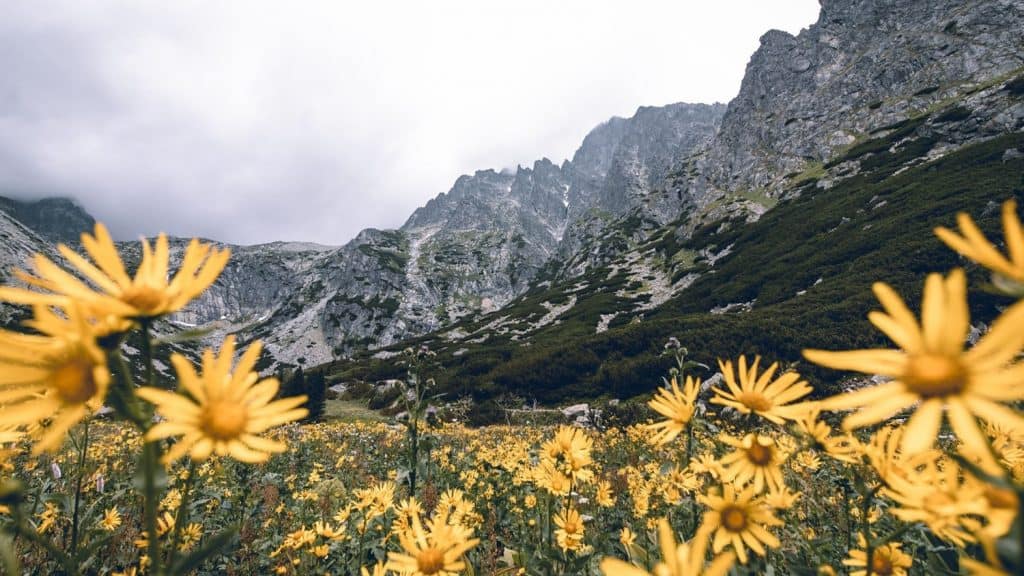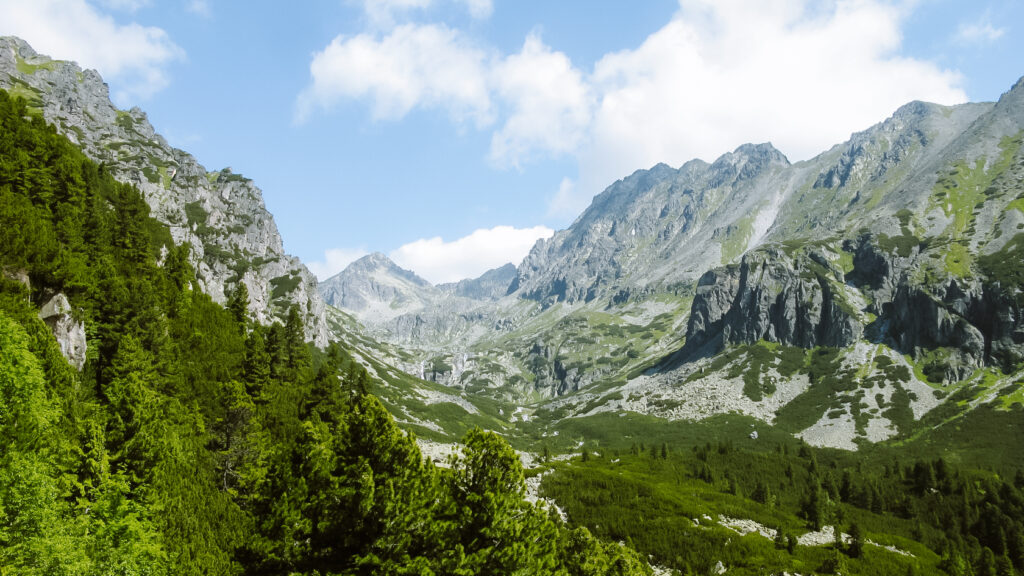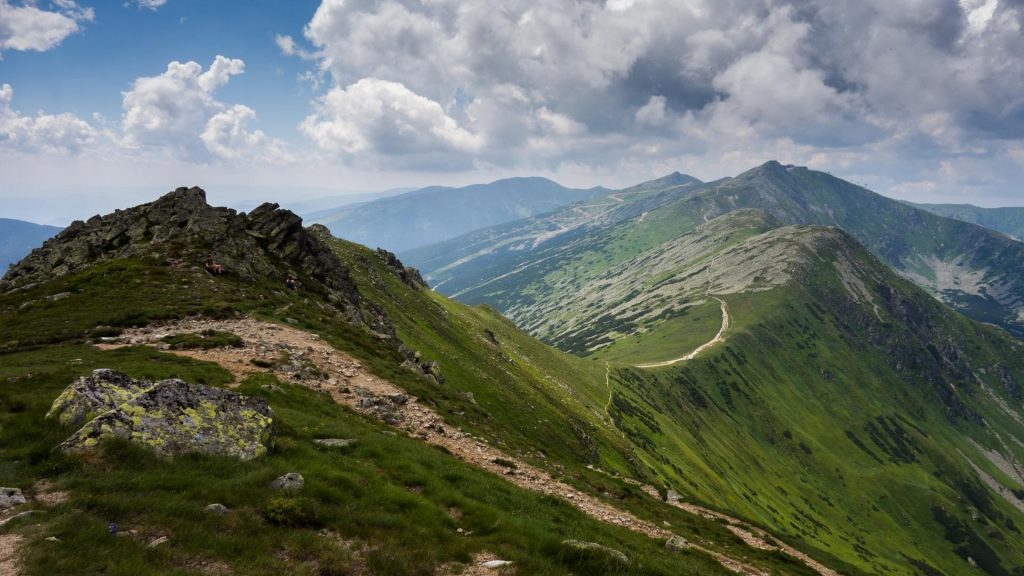TRAVEL GUIDE FOR SLOVAKIA
Discover Slovakia, a country of impressive natural beauty and historical monuments whose significance goes far back into the past. From the lofty heights of the High Tatras to the cosy cafés and wine bars of Bratislava.
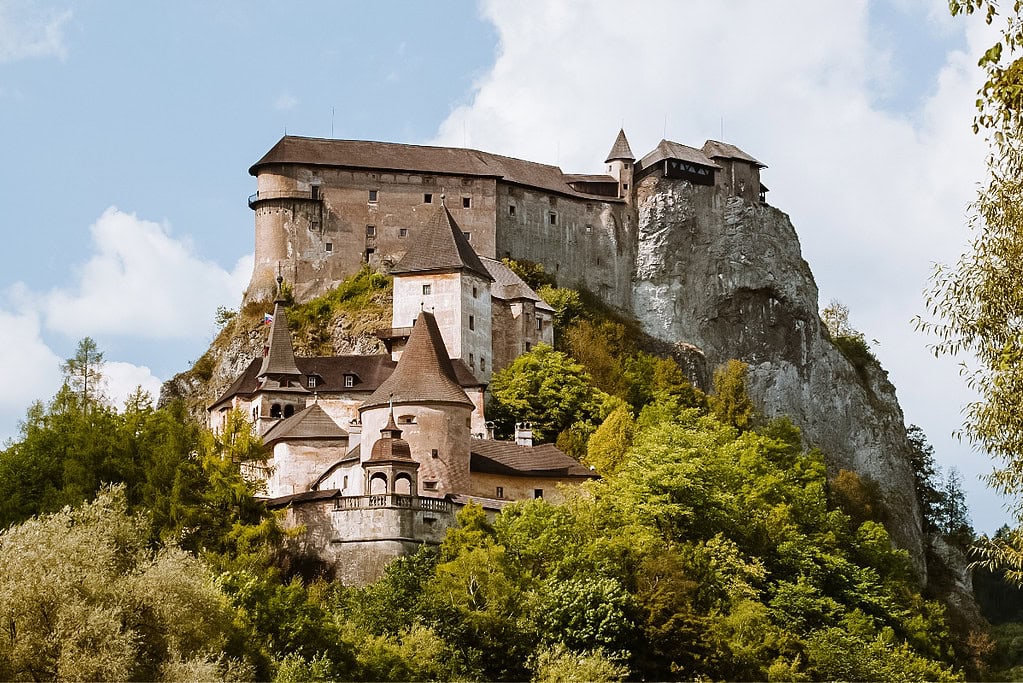
BEST PLACES IN SLOVAKIA
36 Best Things to do in Slovakia: Top Places to visit (+ map)
Looking for top places to visit in Slovakia? Check out the best things…
Mala Fatra, Slovakia: Best Hikes and Things to do in Little Fatra
The Mala Fatra mountain range is one of the most beautiful places in…
18 Things to do in the High Tatras, Slovakia: Best hikes (+ map)
Travel guide for the High Tatras, where you can learn all the essentials…
Slovakia: 10 tips for the most beautiful mountains and national parks in Slovakia
Are you going to the nature? Check out our 10 tips for the…
18 Best Hikes in the Low Tatras, Slovakia (+ map): Things to do in Low Tatras
Are you looking forward to a holiday in the Low Tatras? Check out…
USEFUL INFORMATION
When to visit Slovakia
Slovakia is a great destination all year round. Here is an overview of what you can expect in each period:
Spring (March to May): spring brings a gradual warming, with average temperatures ranging from 10°C to 15°C. Later in May the temperature can rise to 20°C. The spring months are ideal for visiting historic cities such as Bratislava and Košice or for hiking in lower elevations such as the Little Carpathians.
Summer (June to August): summer is mostly warm with average temperatures around 25°C, but there can be hot days in excess of 30°C. Summer is ideal for all kinds of outdoor activities, including visits to spas and water parks. The High Tatras and other mountain areas in Slovakia attract tourists for trekking, climbing and cycling. Summer is also the time of festivals and cultural events that take place all over the country.
Autumn (September to November): autumn brings cooler temperatures, averaging between 10°C and 15°C, with cooler mornings and evenings. It’s a great time for hiking and cycling, especially in September when the weather still allows for longer trips. Visit a vintage festival and taste local wines and gastronomy, for example at festivals in Modra or Pezinok.
Winter (December to February): winter temperatures are often below freezing, averaging around -2°C to 3°C, with typical snowfall. Winter is the season for skiing and snowboarding, with excellent ski resorts such as Jasná Nízke Tatry, Vysoké Tatry and Donovaly. Or go to the thermal baths to warm up.
Transport in Slovakia
Public transport
Public transport in Slovakia is well developed, especially in larger cities and between major cities and tourist destinations.
Slovak Railways (Železničná spoločnosť Slovensko, a.s. – ZSSK) operates the main railway network connecting most major cities and regions, including Bratislava, Košice, Žilina and Banská Bystrica. The railway network also offers panoramic routes that lead through Slovak mountain areas and valleys, for example, when travelling through the High Tatras.
Buses are essential to supplement the train network, especially in areas not covered by trains. The Slovak Bus Transport (SAD), together with several private carriers such as RegioJet and FlixBus, operates extensive networks of lines connecting cities as well as rural and tourist attraction areas.
Buses are usually comfortably equipped, including Wi-Fi and air conditioning, and offer an affordable way to travel around Slovakia.
For information on train and bus connections, timetables and how to buy tickets, please visit the websites of the respective carriers. For trains, it’s Železničná spoločnosť Slovensko (www.zssk.sk), where you can easily plan your journey and buy tickets online. For bus transport, there are websites of individual carriers such as RegioJet(www.regiojet.sk) and FlixBus(www.flixbus.sk), which also offer online ticket purchase and detailed information on routes and departures.
By car in Slovakia
The road network in Slovakia is well developed and provides good connections between major cities, tourist destinations and remote areas.
Motorways in Slovakia are tolled with a vignette, which you can buy online, at petrol stations or at the post office. Information about fees and payment options can be found on the official eZnamka website.
The maximum speed limit on motorways in Slovakia is 130 km/h, on expressways 110 km/h and in populated areas 50 km/h, unless otherwise specified.
Parking in Slovakia is generally well signposted, with ample on-street and parking house parking. In larger cities and at major tourist attractions, parking is often charged. In cities like Bratislava, using Park and Ride (P+R) car parks is a popular and cost-effective alternative for those who want to explore the city without the hassle of parking in the city centre.
Culture and tradition in Slovakia
Culture
Slovakia’s culture is rich and diverse, reflecting the country’s long history and the influences of the many peoples who have lived there.
Slovak culture is dominated by strong folk traditions, which are manifested in the production of traditional Slovak costumes, music, dance and folk festivals held throughout Slovakia.
Literature, theatre and visual arts also occupy an important place in the cultural life of Slovakia. The country has a rich history of literature, with important figures such as Pavol Országh Hviezdoslav and Ľudovít Štúr helping to shape the modern Slovak language. In the visual arts, personalities such as Ľudovít Fulla and Martin Benka, who influenced Slovak art movements with their works, stand out.
Traditions and festivals
Traditional festivals and cultural customs play an important role in Slovakia and reflect the country’s rich historical and cultural heritage.
Among the most important and colourful traditions are folklore festivals, which take place all over Slovakia and present a lively mosaic of dance, music and folk art. One of the most famous is the Východná Folklore Festival, the largest folklore festival in Slovakia, which is held annually in the picturesque village of Východná. Here you will see traditional Slovak dances, listen to folk songs and enjoy handmade costumes with lots of details.
Another important tradition is the vintage and gastronomic festivals, which reflect Slovakia’s rich agrarian tradition and its love of wine and local specialities. Among the most famous are the wine festivals in Modra, Pezinok and Tokaj. You will taste not only first-class Slovak wines, but also traditional Slovak dishes such as bryndzové halušky or kapustnica.
Typical dishes in Slovakia
The cuisine in Slovakia is rich and varied, influenced by the country’s geographical location and its long history, where influences from the Hungarian, Austrian and Slavic traditions intermingle with modern European influences. Each region in Slovakia offers its own unique specialities, from rich meat dishes to delicious desserts.
Typical and popular dishes you can taste in Slovakia include:
- Bryndzové halušky: A traditional Slovak dish, usually made of potato gnocchi mixed with bryndza (Slovak sheep cheese) and topped with bacon.
- Kapustnica: A rich and hearty soup containing sauerkraut, smoked meat, mushrooms and various spices, commonly served as a warming meal during the winter months.
- Potato pancakes: thin, fried potato pancakes, often flavoured with garlic and served as a side dish or as a stand-alone dish.
- Slovak wine: Thanks to its location in the centre of Europe, Slovakia has a rich tradition of wine growing, especially on the southern slopes of the Little Carpathians and in the Tokaj region.
- Plum: A traditional Slovak fruit spirit, usually made from plums, popular as a digestif or celebratory drink.
As far as drinking water is concerned, tap water is generally safe to drink in Slovakia. Water quality can vary slightly from one area to another, but in general the water in Slovakia is regularly checked and meets all health standards for drinking water.
Tipping in restaurants in Slovakia is not compulsory, but it is common to leave a 10% tip if you are satisfied with the service.
☞ See all destinations.
